Table of Content
Leprechauns are one of the most iconic symbols of Irish folklore, instantly recognizable by their green attire, mischievous grins, and legendary gold pot. But how much do you really know about these fascinating mythical creatures? Let’s dive into 20 interesting facts about leprechauns that might surprise you.
I. What Are Leprechauns?
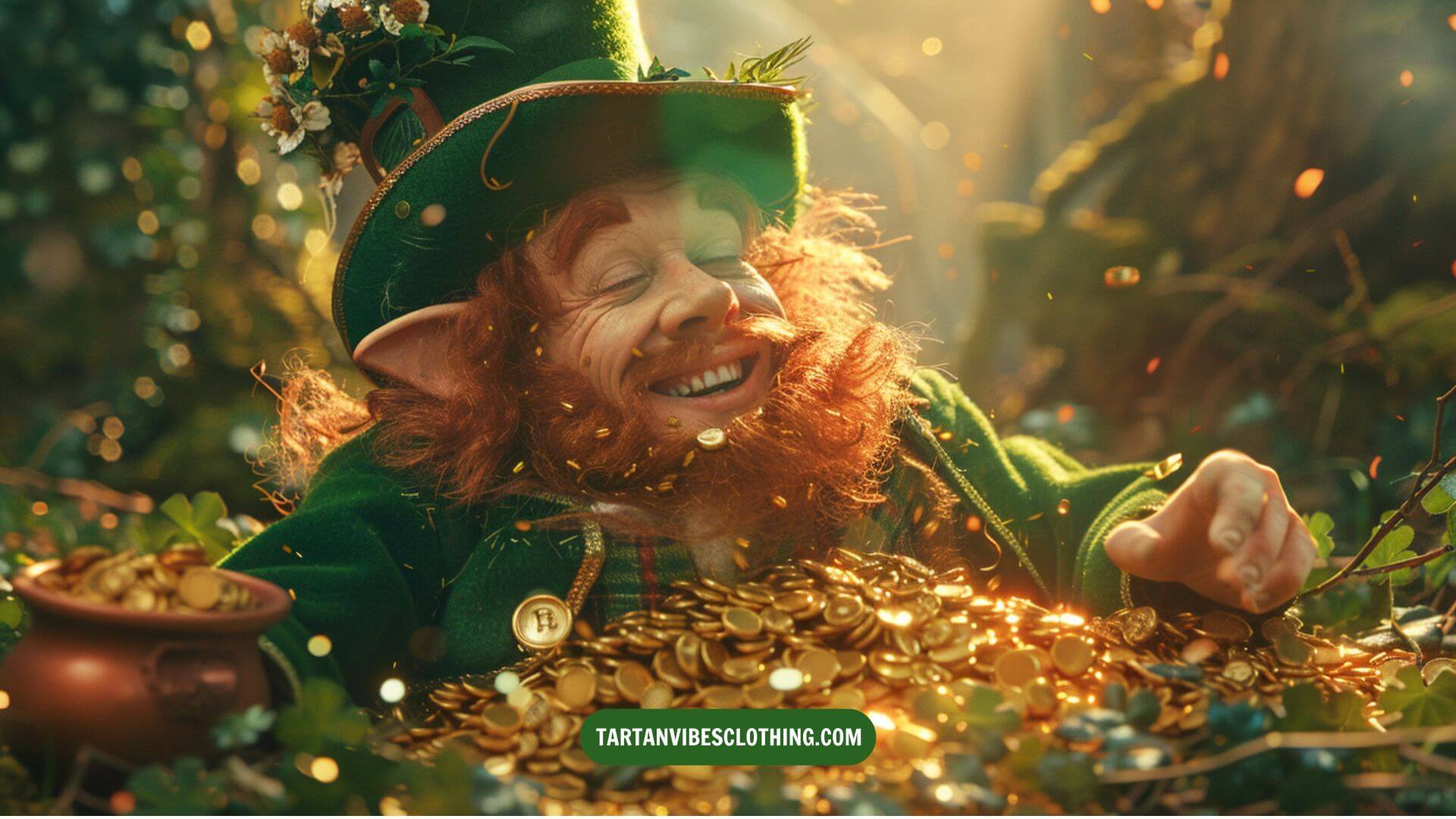
II. The Origins of Leprechaun Lore
Are leprechauns real? The lore surrounding leprechauns dates back to the early Celtic traditions. As remnants of ancient pre-Christian beliefs, they are rooted in the mystical culture of the Tuatha Dé Danann, a mythological race of deities in Irish mythology. The term "leprechaun" is believed to derive from the Irish word "leipreachán," which means "small body." This reflects the folklore's portrayal of these tiny figures, typically depicted as wearing green and possessing a distinctively witty charm.

Historically, leprechauns were not always the friendly figures we see today. They were considered more of a nuisance, causing mischief wherever they went. Over time, their image softened, leading to the beloved characters we recognize in modern times.
III. 20 Fascinating Facts About Leprechauns
20. Facts About Leprechauns: Leprechauns are a type of fairy.
When thinking of fairies, most people envision ethereal beings with flowing hair, wings, and perhaps a magic wand. However, an intriguing facts about leprechauns is that they also belong to this mystical lineage. In Irish folklore, these mischievous, small-statured creatures are said to have existed in Ireland long before humans arrived. Over time, they were believed to retreat underground, and their iconic pot of gold, often associated with rainbows, became their signature treasure.
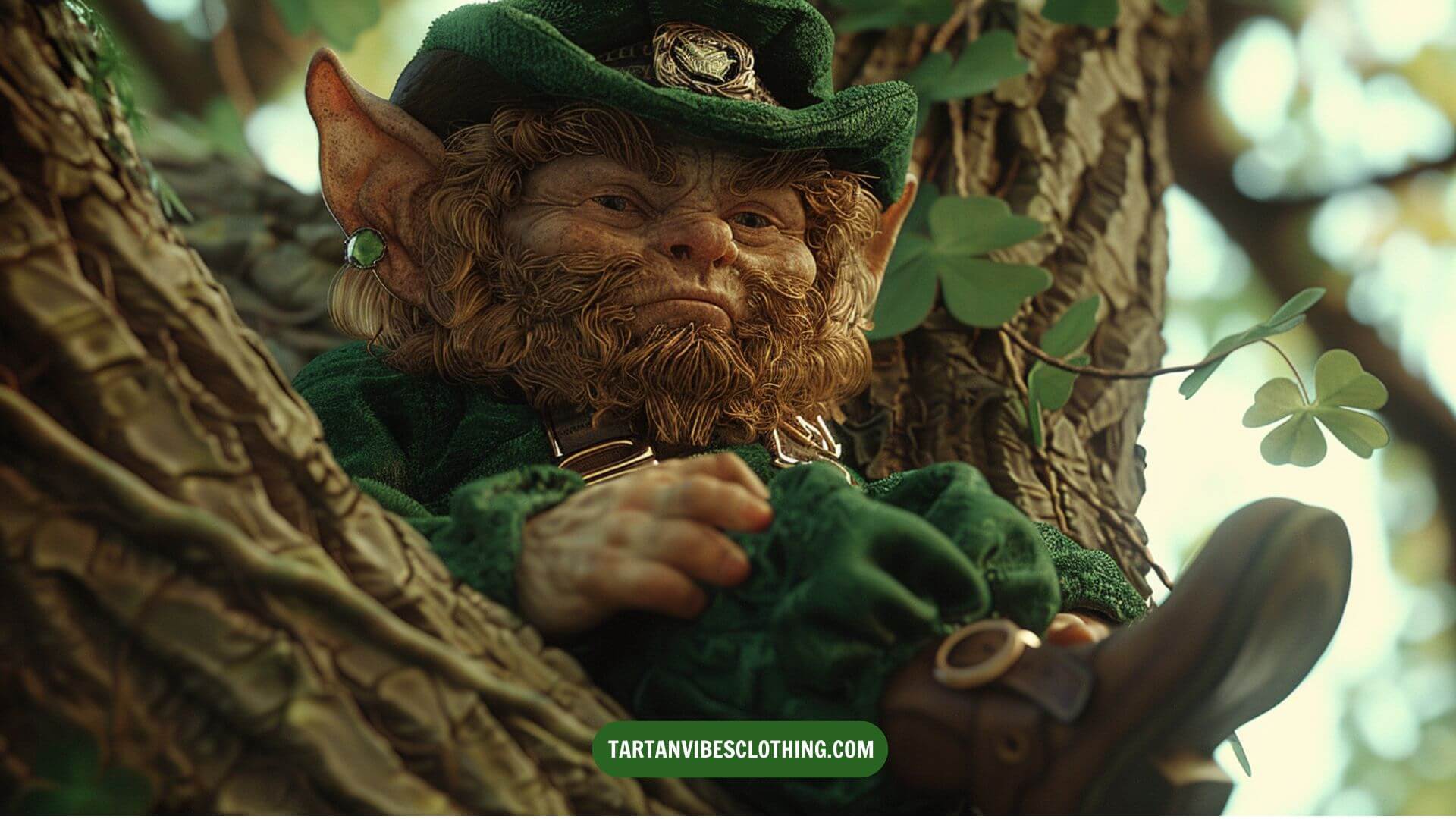
Despite not fitting the traditional fairy archetype, leprechauns are firmly rooted in the fairy realm. Legends trace their ancestry to the Tuatha Dé Danann. This magical race once inhabited Ireland under the guidance of the Gaelic goddess Danu, cementing their ties to the island’s ancient mythical past.
19.Facts About Leprechauns: Leprechauns possess great wealth.
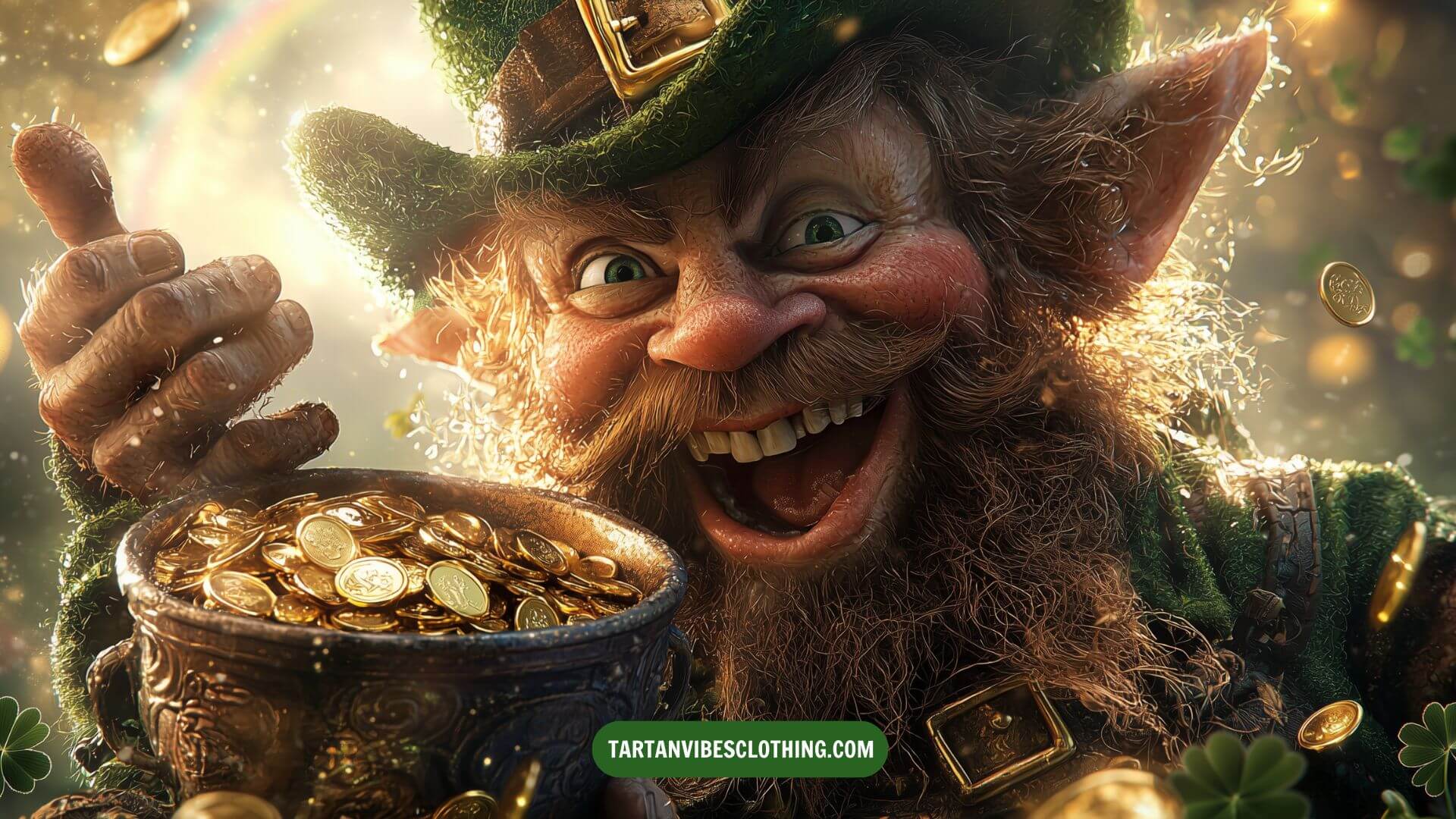
Leprechauns are famously known for their wealth, and intriguing facts about leprechauns reveal that they carefully hide their treasures to keep them safe from prying eyes. According to Irish legends, these mischievous creatures have a natural affinity for all the riches buried beneath the earth, making them guardians of hidden gold. The most iconic tradition claims that every leprechaun owns a pot of gold, which can only be found at the end of a rainbow—a perfect hiding spot, as it’s nearly impossible to reach. This association with elusive riches has solidified their status as symbols of mystery and fortune in Irish folklore.
18. Leprechauns are famous for their enchanting songs.
In addition to their carpentry skills, leprechauns are known for their musical abilities. According to various facts about leprechauns, it is said that they often express themselves through song, particularly during revelry and celebrations. Many tales suggest that their songs can mesmerize listeners, leading them to hidden treasures.
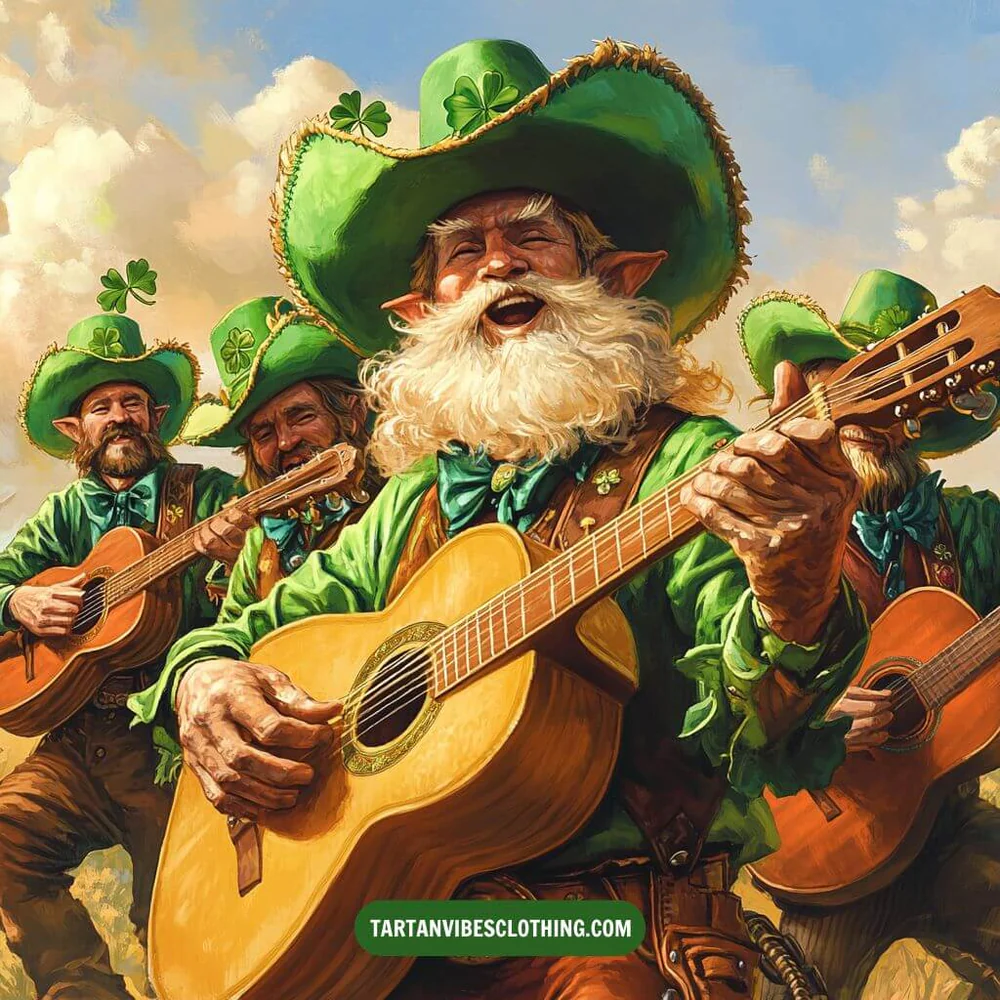
17. Facts About Leprechauns: Leprechauns are typically male.
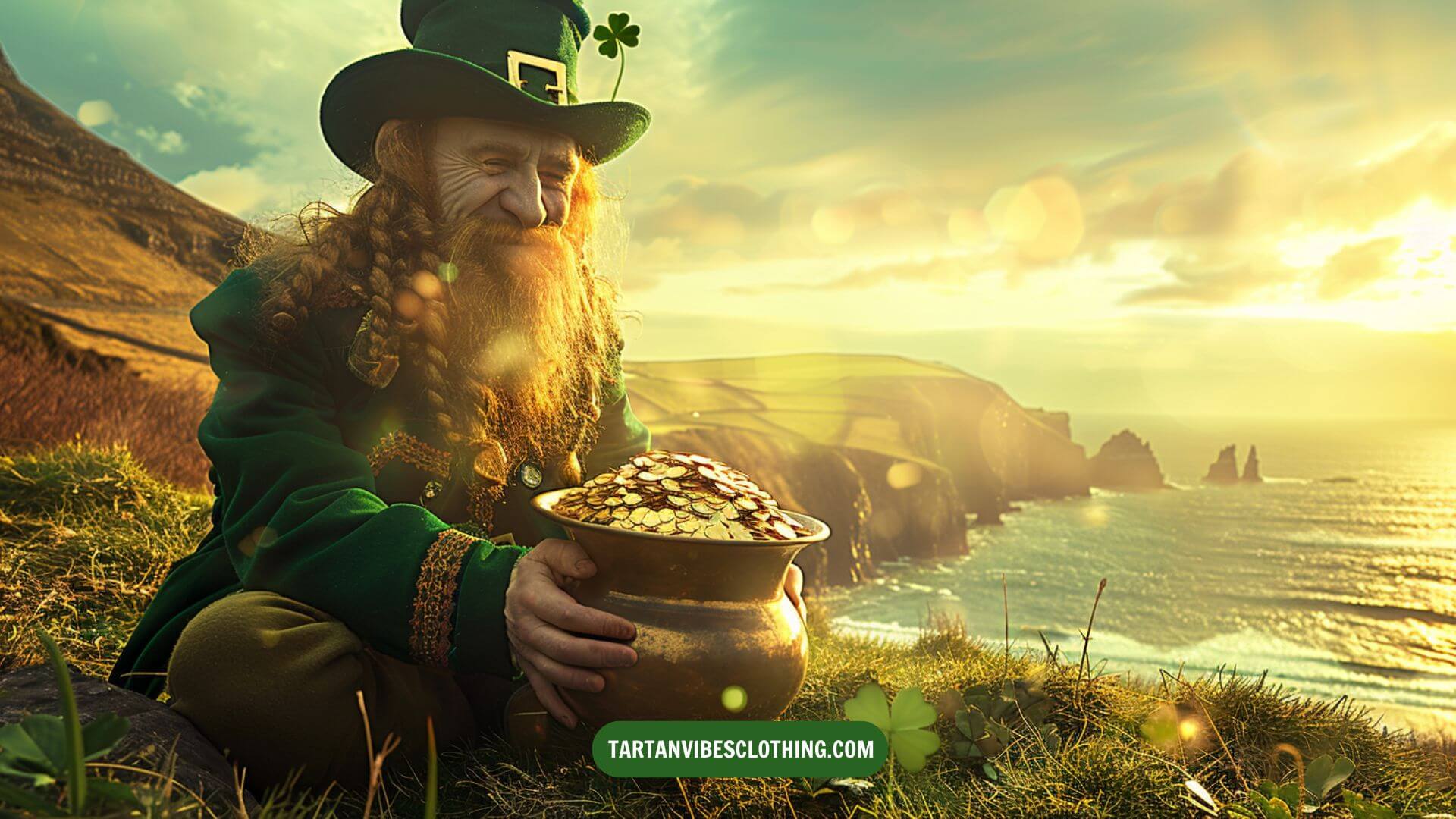
16. In reality, leprechauns don’t wear green attire.
Leprechauns are often recognized by their iconic green attire, red beard, and derby hat, but historical accounts suggest a different story. According to Legends and Stories of Ireland (1831) by Irish novelist Samuel Lover, these mythical fairies were originally dressed in red, wearing a “red square-cut coat, richly laced with gold, and a cocket hat.” This leads to other fascinating facts about leprechauns: how did the green jacket and pants become synonymous with them? Some suggest the color varies by region, with green being one of the options.
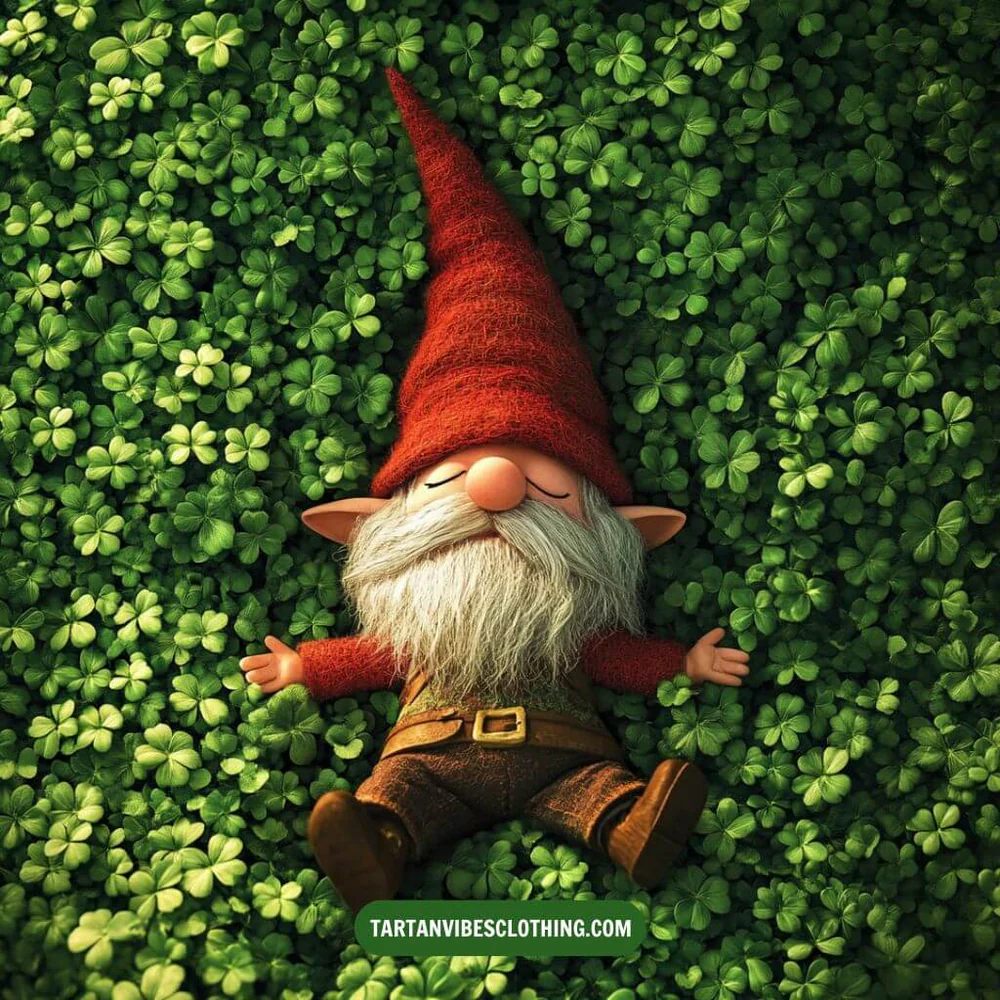
In contrast, others believe it became popular because it complements the Irish shamrock, further solidifying their association with Ireland.
15. Facts About Leprechauns: They Are Part of the Aos Sí
Leprechauns are members of the Aos Sí (pronounced “ees shee”), which translates to “the people of the mounds". According to various facts about leprechauns, they are a supernatural race in Irish mythology that is often associated with ancient deities and nature spirits. This connection links them to the ancient Irish belief system, where these beings were seen as guardians of the earth and nature.
14. In the fairy realm, leprechauns act as bankers and shoemakers.
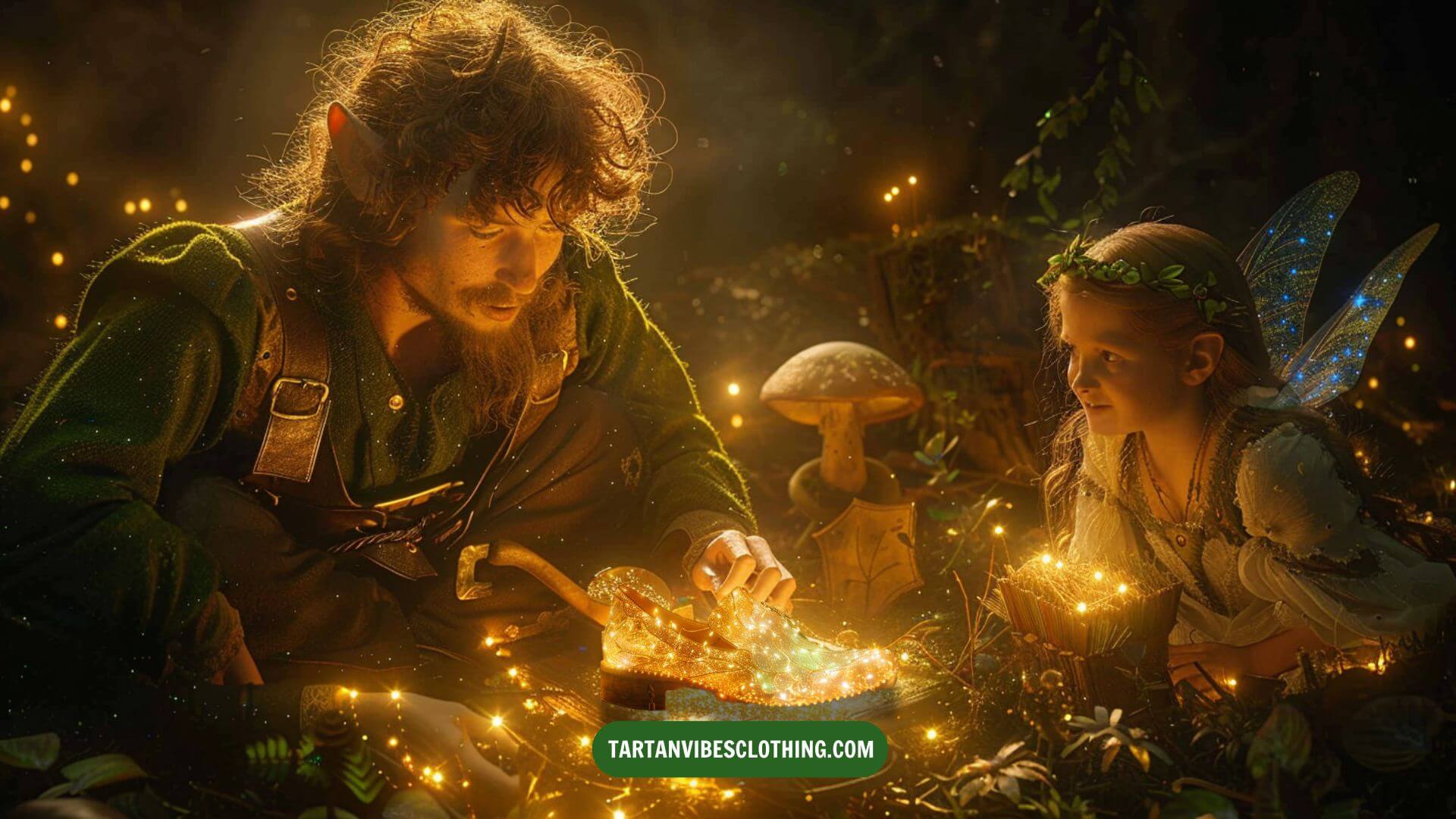
Leprechauns are famously associated with wealth, much of which is believed to come from their skill in shoemaking. These solitary craftsmen dedicate their time to crafting fine shoes, often depicted with a hammer and shoe in hand. According to legend, their presence is marked by the distinct tapping sound of their work and other fascinating facts about leprechauns. While some tales credit their fortune to their cobbling trade, others suggest a more significant role—they guard the treasures of the entire fairy realm. One story even portrays leprechauns as the"bankers" of the fairy world, entrusted with protecting riches and ensuring other fairies don’t squander their gems recklessly.
13. Facts About Leprechauns: They Are Symbolic of Irish Identity
12. They Are Known for Their Distinctive Laugh
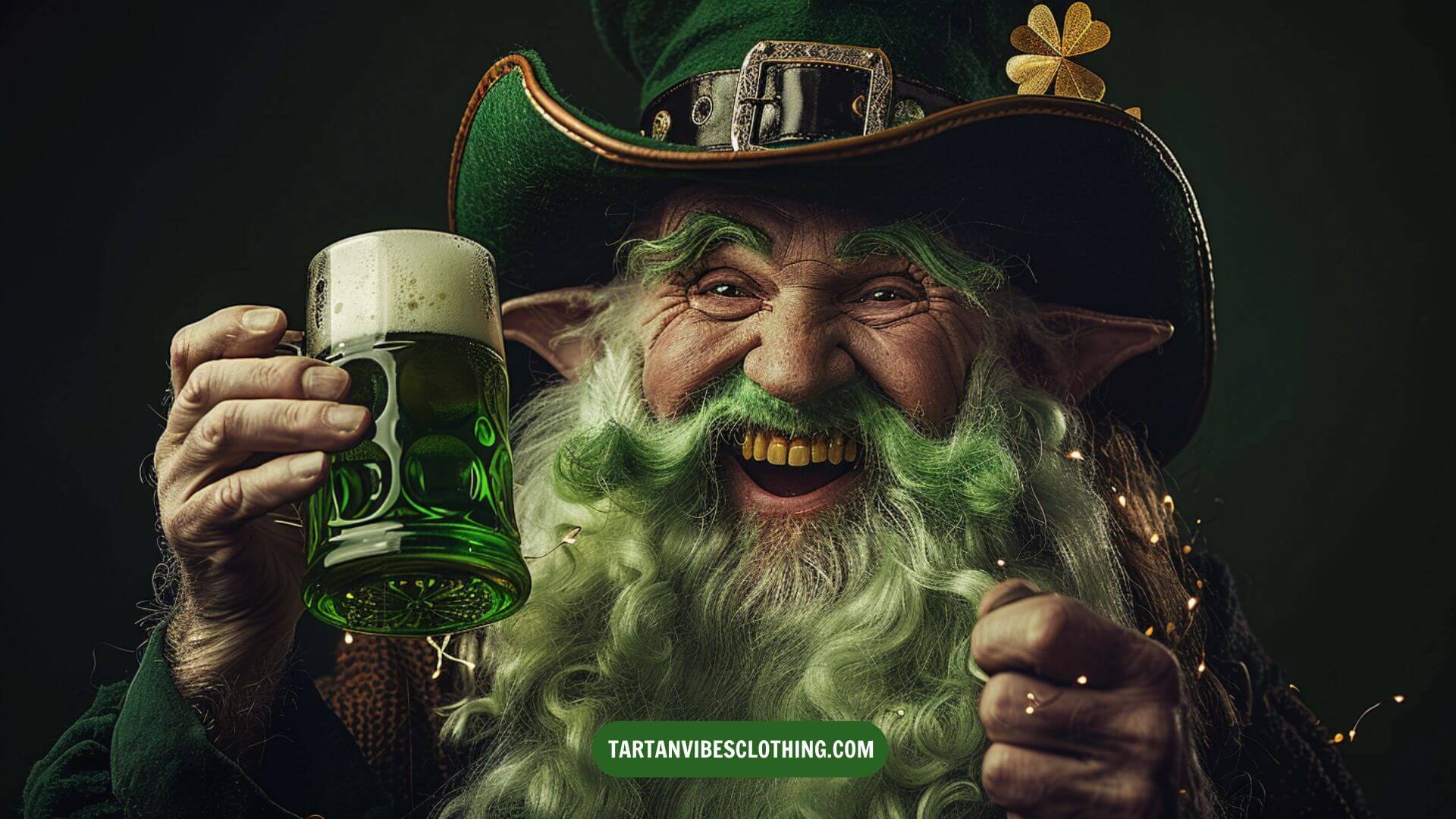
Leprechauns are renowned for their distinctive, high-pitched, and mischievous laugh, a defining trait among many facts about leprechauns that perfectly complements their playful, trickster nature. This infectious laugh is often considered a telltale sign of their presence, revealing their location to those aware of these facts about leprechauns and who listen carefully. It’s an iconic feature that adds to their charm in Irish folklore.
11. Leprechauns are classified as a protected species under EU regulations.
In 1989, P.J. O’Hare claimed to have discovered the remains of a leprechaun in Carlingford, County Louth, sparking intrigue and curiosity. Although the skeleton reportedly turned to dust, O’Hare preserved the tiny man’s clothes and displayed them in his pub, drawing widespread attention. This event inspired a movement to protect these mythical creatures, and in 2009, leprechauns were officially granted protection under a European Directive.
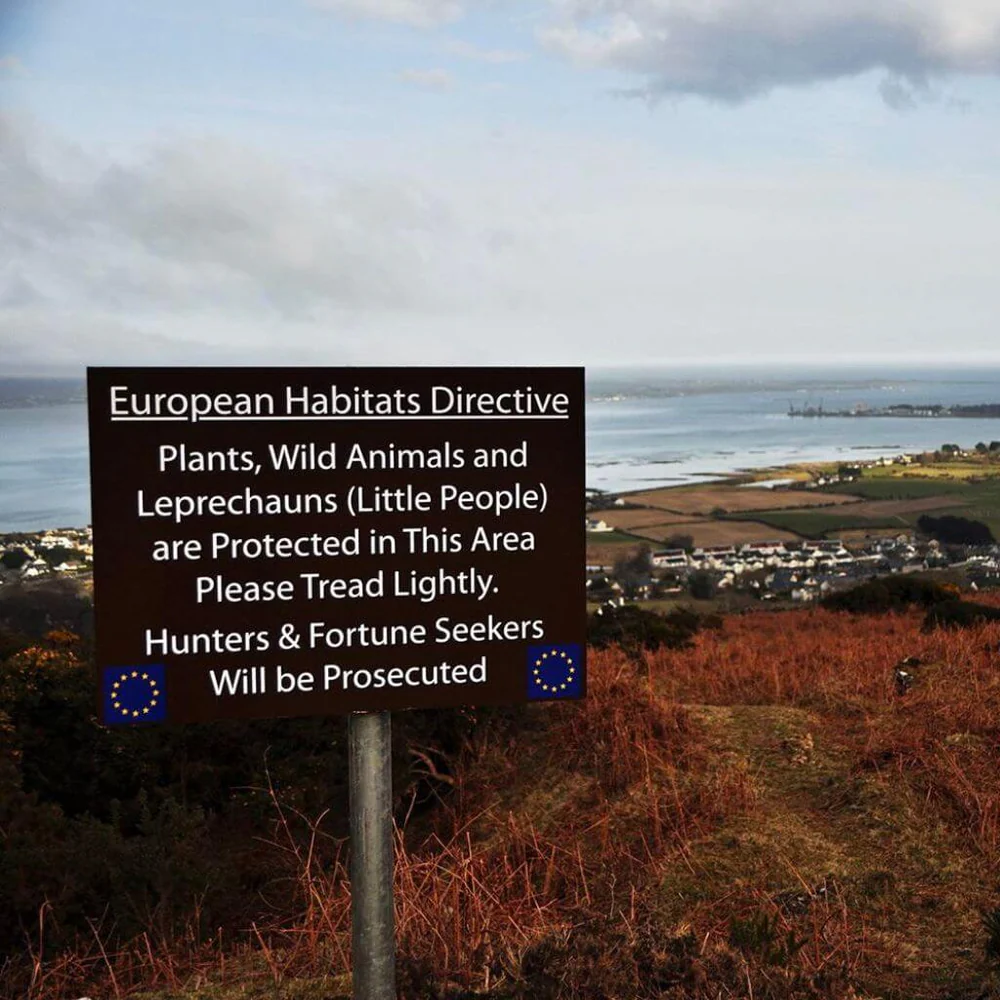
According to supporters, only 236 leprechauns reside in the caverns of Slieve Foye in Carlingford. This area is now a designated sanctuary, preserving both the leprechauns and the local biodiversity. Fans of these mystical beings gather annually for the Leprechaun Hunt, celebrating the enduring allure of these magical figures.
10. Leprechauns are known for their cleverness.
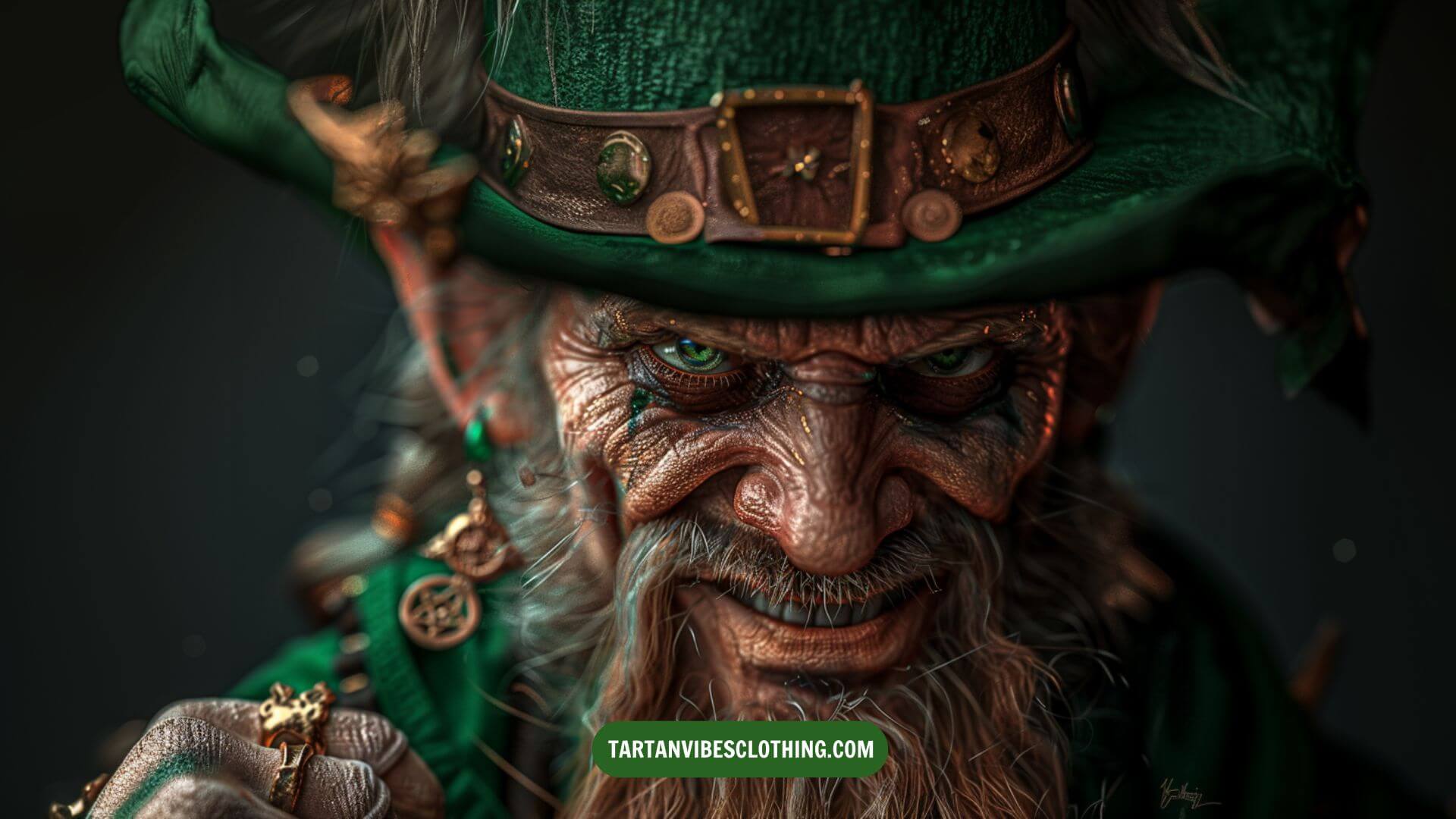
9. Yet, they can be quite generous if you treat them well.
Being constantly pursued for their gold or cereal has made leprechauns notoriously secretive and distrustful, a key detail among the many facts about Leprechauns. However, their guarded nature doesn’t mean they are entirely unkind. According to one legend, a leprechaun rewarded a generous act of compassion. Despite facing his own hardships, a nobleman extended a gesture of kindness by offering a leprechaun a ride on his horse.
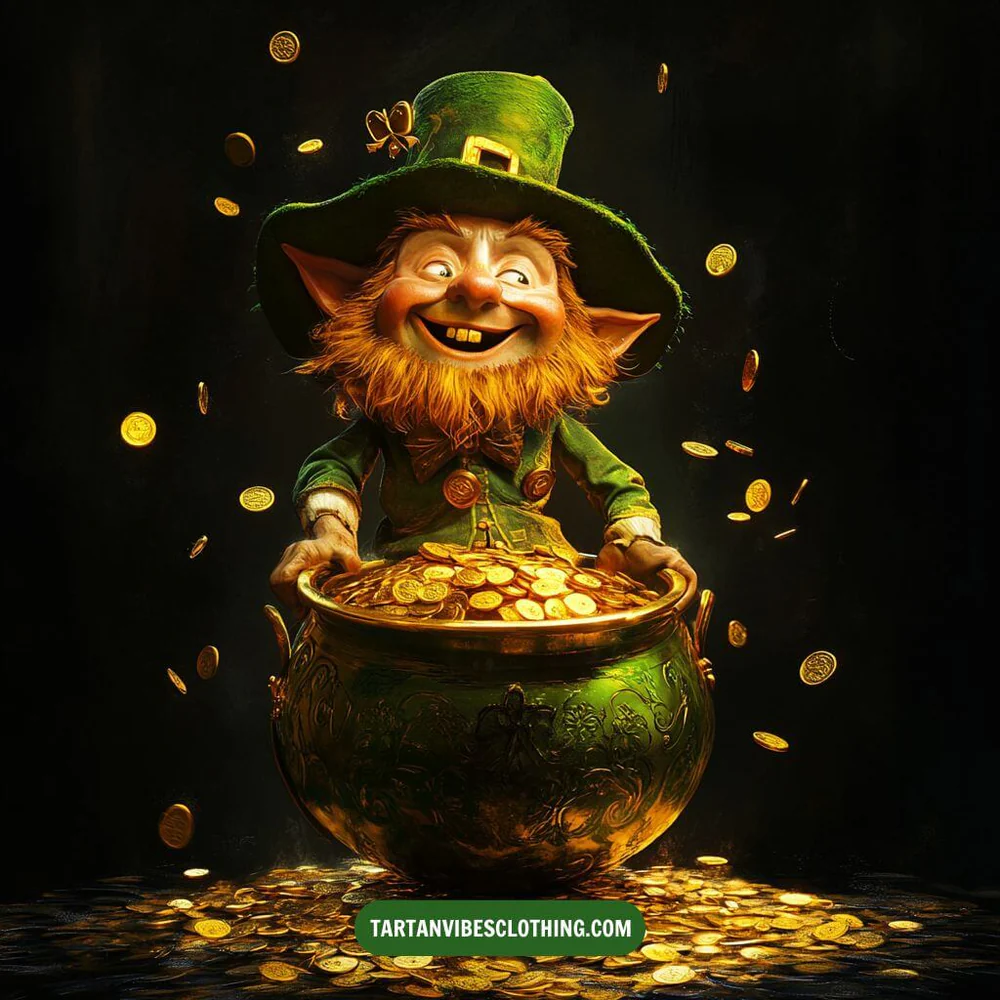
To his surprise, when he returned to his dilapidated castle, he found it filled with gold up to the ceiling. This story highlights the leprechaun’s complex character, blending mischief and mistrust with a rare appreciation for genuine kindness.
8. A leprechaun colony reportedly exists in Portland, Oregon.
Did you know there’s a leprechaun-inspired landmark in the United States? Among the more unusual fun facts about Leprechauns is Mill Ends Park, officially recognized as the world’s smallest park, located in Portland, Oregon. The story began in 1948 when journalist Dick Fagan noticed a small hole in the concrete, originally intended for a light pole. Claiming a leprechaun dug it, Fagan transformed the spot into a whimsical garden, complete with flowers and a sign declaring it a park. In his newspaper column, he spun tales of a leprechaun colony led by a mischievous leader only he could see.

By 1976, Mill Ends Park was officially designated as a city park on St. Patrick's Day. Though no leprechauns have been spotted, locals continue to nurture this quirky space, adding tiny features like a miniature swimming pool with a diving board, keeping the spirit of leprechaun magic alive.
7. Leprechauns have a mischievous cousin named the clurichaun.
Among the most intriguing facts about Leprechauns is their connection to a mischievous fairy relative known as the clurichaun. Unlike leprechauns, who are industrious and focused on their shoemaking craft, clurichauns are notorious for their love of drinking and revelry. These rowdy beings are said to haunt wine cellars, pubs, and breweries at night, often draining entire stores of alcohol or riding animals in a drunken stupor. Some legends suggest clurichauns are leprechauns who drink so heavily after a hard day’s work that they transform into a whole new species.
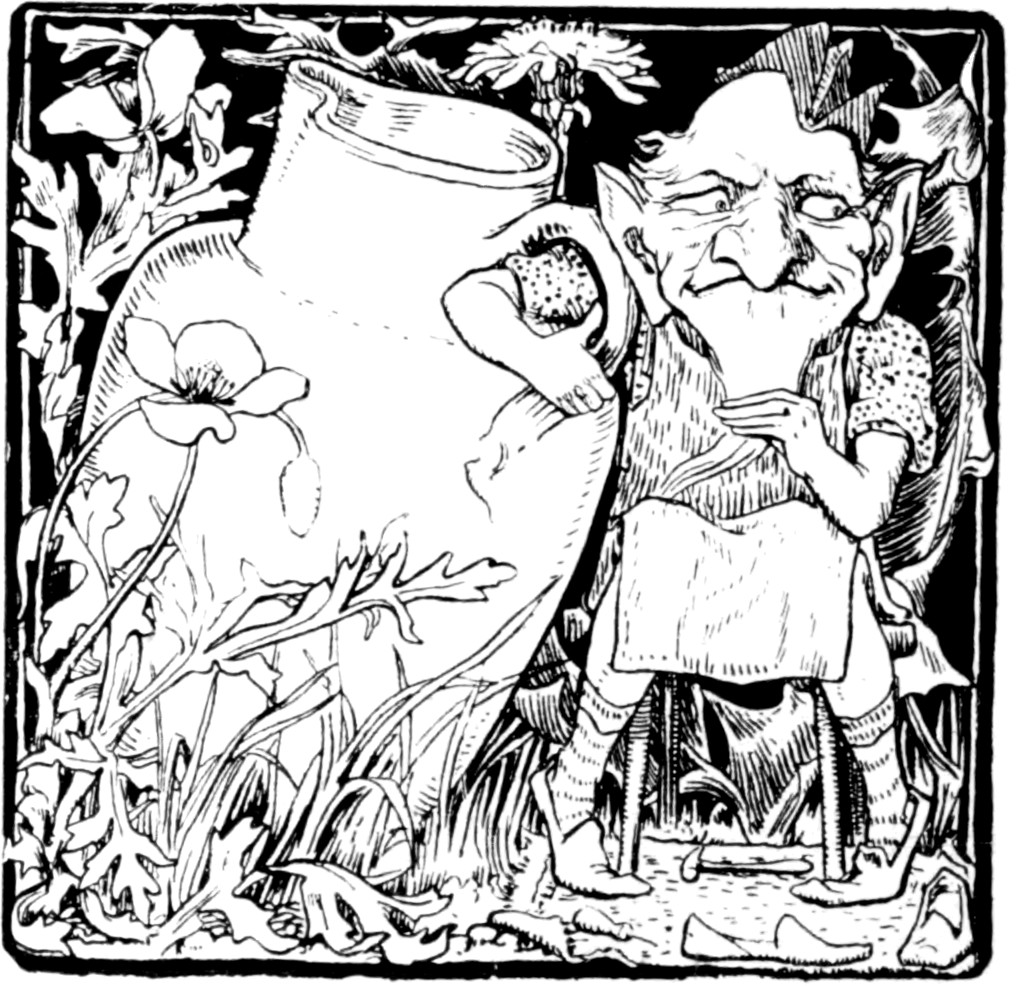
Others describe them as a distinct but closely related type of fairy, sharing similar features but with a far more unruly nature.
6. The word “leprechaun” translates to “little body.”
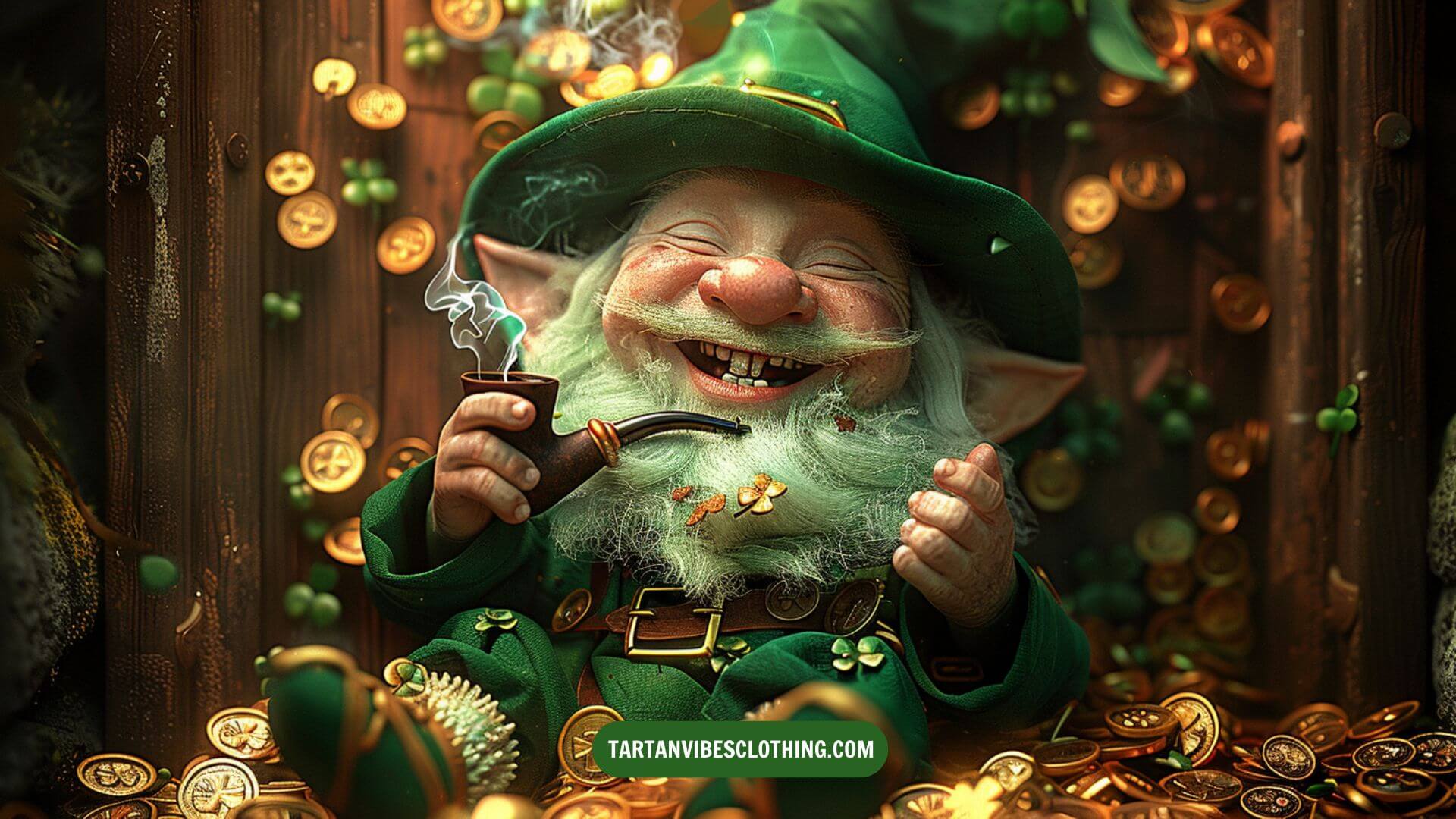
The origin of the name "leprechaun" is surrounded by fascinating theories, and understanding the facts about leprechauns provides insight into this intrigue. The most widely accepted belief traces the name back to the Middle Irish word lūchorpān. This term combines lū, meaning "small," and corp, meaning "body," perfectly describing the tiny stature of these mythical creatures. However, some scholars argue that the name may also derive from leipreachán, an Old Irish term linked to folklore and supernatural beings. Regardless of its precise roots, the name reflects the leprechaun’s distinct identity as a mischievous, small-bodied figure deeply embedded in Ireland’s rich mythological tapestry.
5. Capturing a leprechaun is said to grant you three wishes.
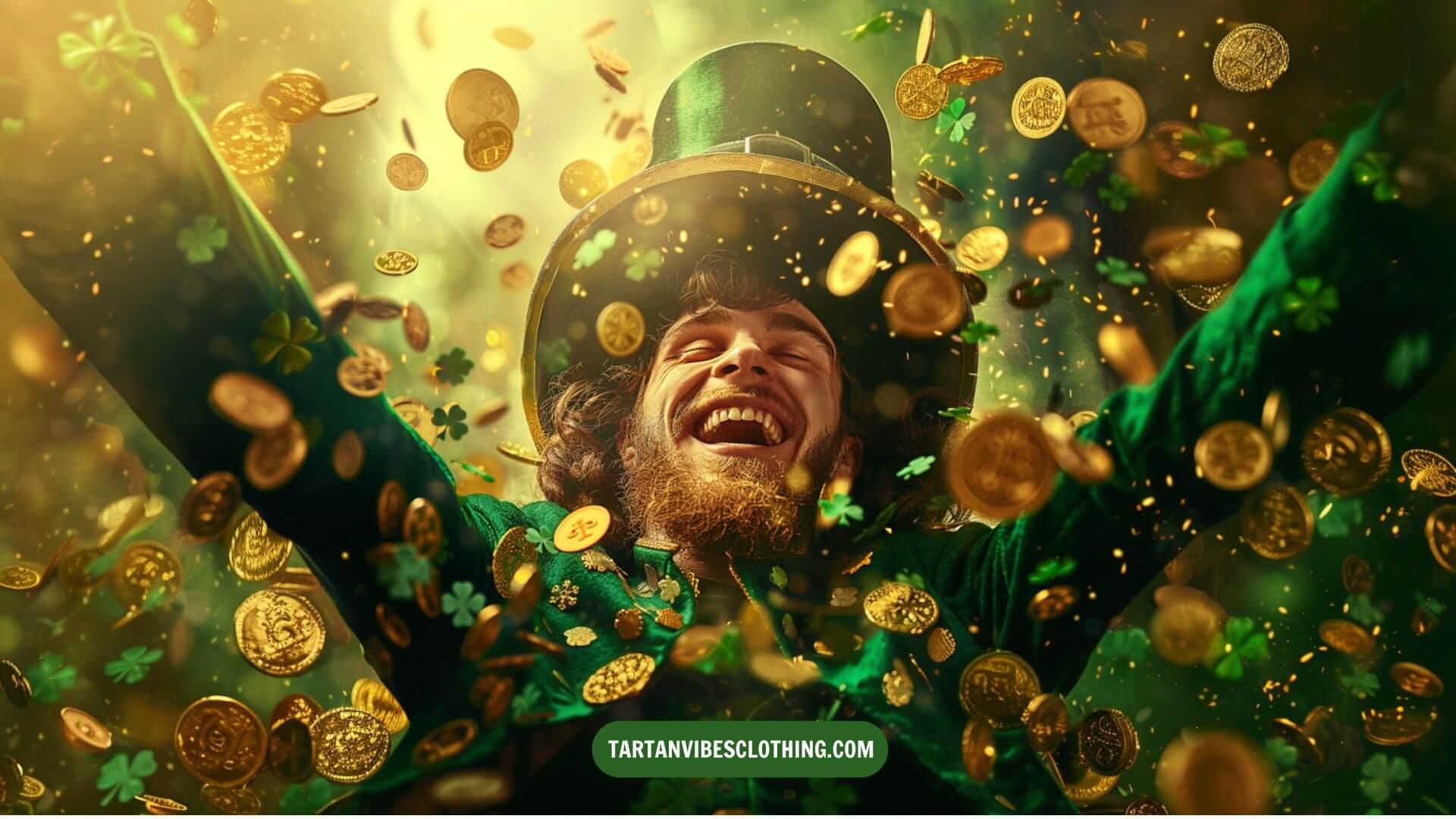
4. Some legends say leprechauns can live underwater.
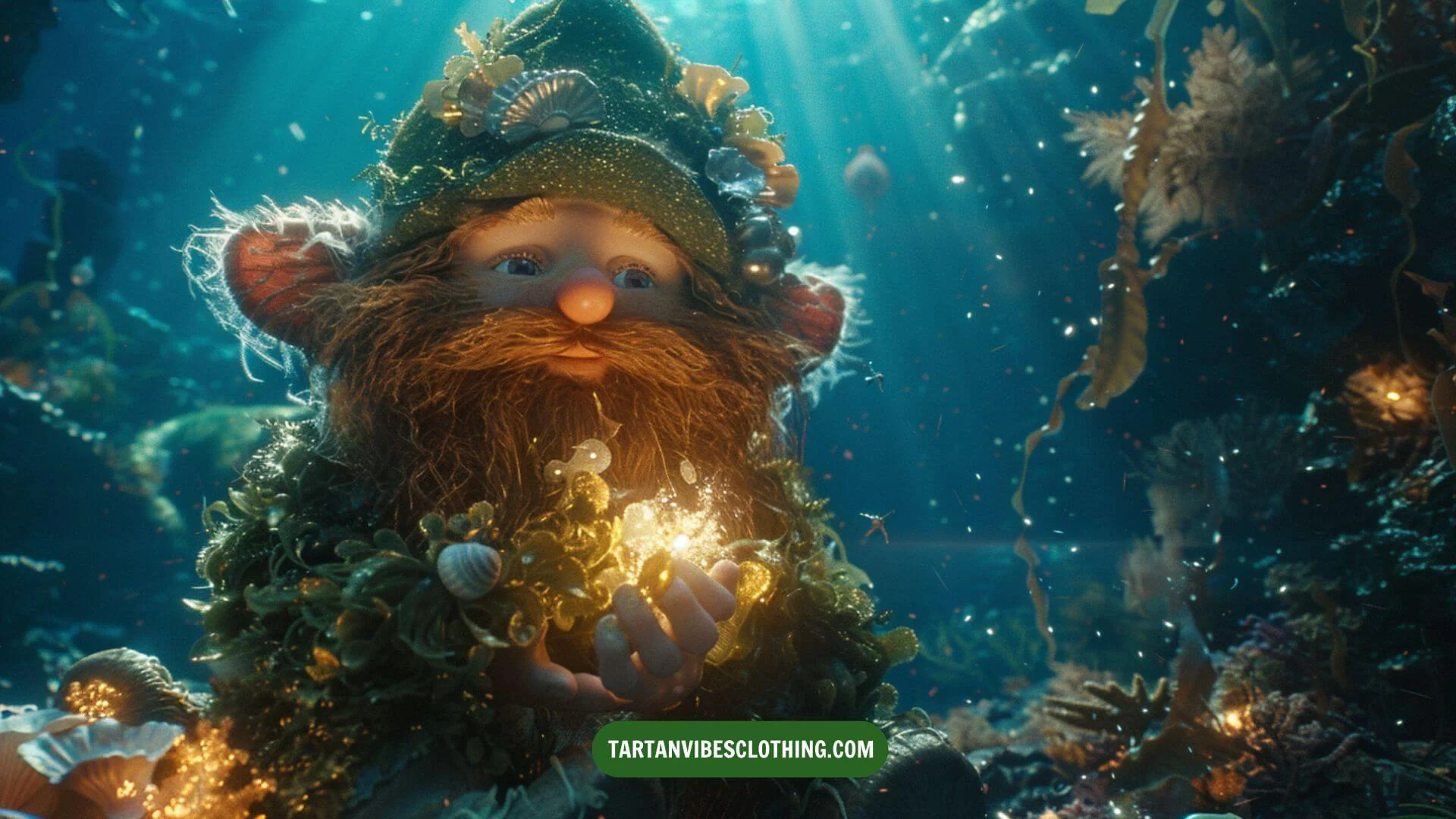
The most fascinating facts about Leprechauns come from their earliest known appearance in folklore during the Middle Ages. In this tale, Fergus mac Léti, the King of Ulster, falls asleep on a beach only to wake up as three lúchorpáin attempt to drag him into their undersea lair. The king manages to capture the tiny beings and secures his release of them in exchange for three wishes. This story hints at a lesser-known aspect of leprechaun mythology, suggesting they were once considered sea-dwellers. However, modern interpretations of leprechauns rarely include this aquatic connection, focusing instead on their trickery, treasure, and mischievous nature.
3. Leprechauns are believed to be descended from the Tuatha de Danann.
One of the most awesome facts about Leprechauns lies in their connection to the mythical Tuatha Dé Danann, an ancient race in Irish mythology often seen as the pagan gods of pre-Christian Ireland. Known as “the folk of the goddess Danu,” the Tuatha Dé Danann were a powerful pantheon whose influence extended throughout the Celtic realm. According to legend, their reign ended when the Milesians arrived in Ireland, defeating and subjugating them. Forced to retreat underground, the Tuatha Dé Danann are believed to have transformed into the mythical beings of Irish folklore, including leprechauns.
2. Facts About Leprechauns: They Are Sensitive to Human Presence
Leprechauns are known for being very wary of humans, a key point in many facts about leprechauns. If they sense someone attempting to sneak up on them, these clever creatures may disappear instantly, employing their magical powers to evade capture. This characteristic highlights just one of the intriguing facts about leprechauns that underscore their elusive nature in folklore.
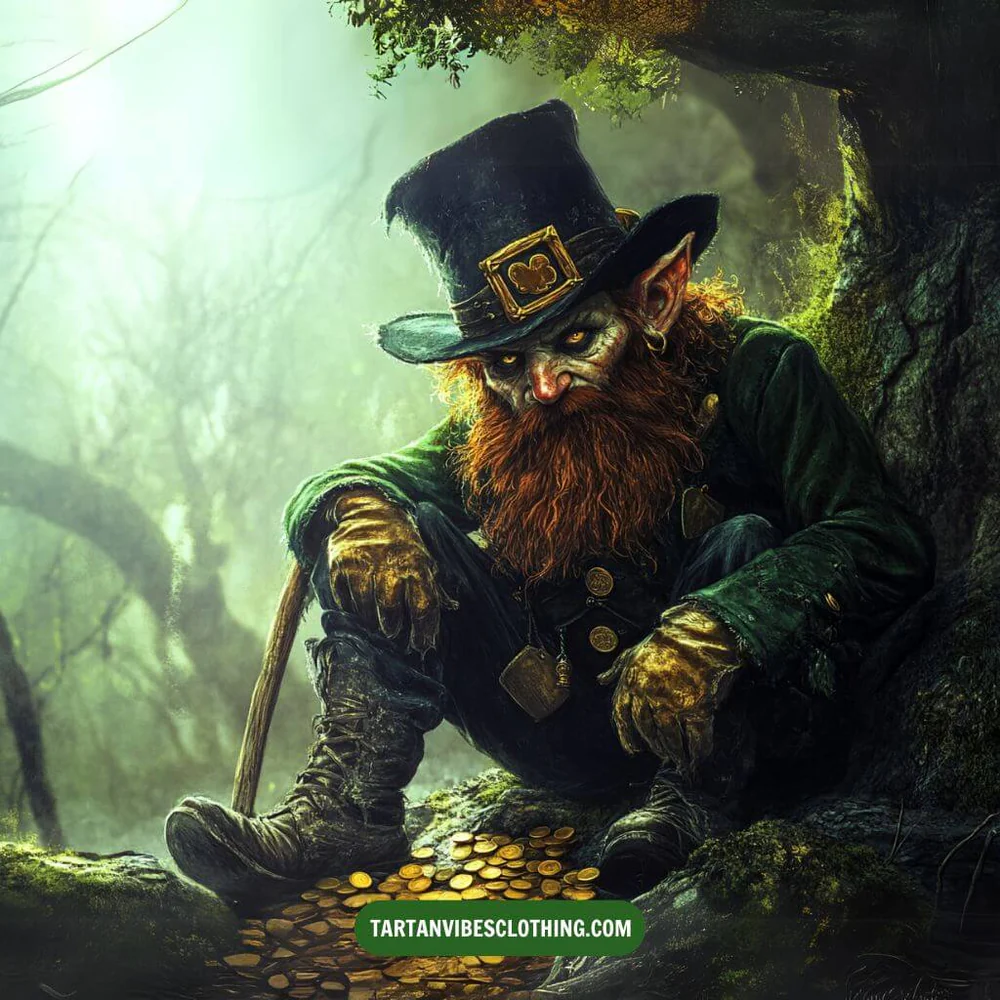
1. Someone claims to have discovered the remains of a real leprechaun.
One of the most interesting facts about Leprechauns comes from Carlingford, Ireland, where a local businessman claimed in 1989 to have discovered evidence of a real leprechaun on Slieve Foye mountain. According to his account, he heard a scream near a wishing well and found bones, a tiny suit, and gold coins on scorched earth. These items are now preserved in a glass case for visitors to view. This discovery sparked a unique tradition: the annual Leprechaun Hunt.
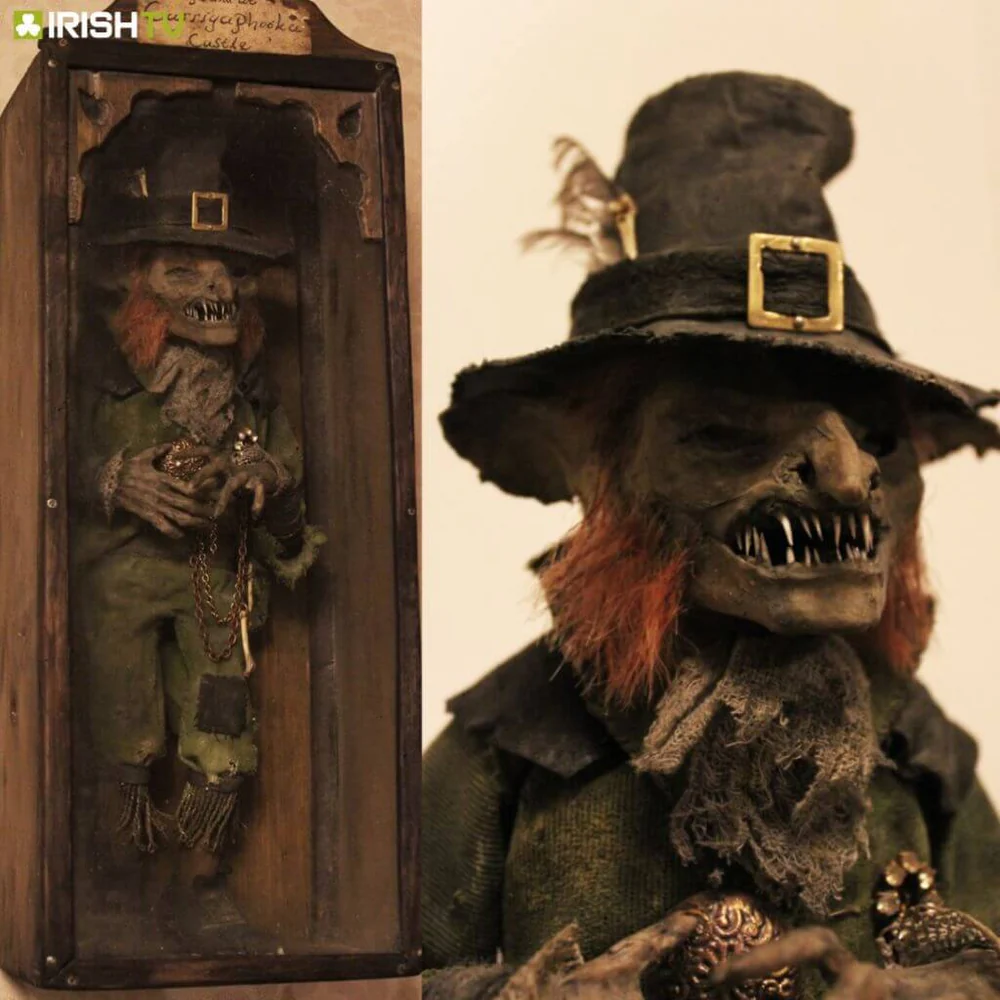
Every year, 100 ceramic leprechauns are hidden on the mountain, attracting tourists who purchase a €6 “hunter’s license” to join the search. Fortune-seekers searched the mountain and the town for hidden leprechaun pots, one of which contained a real gold bar worth €1200.
Dive into surprising facts about leprechauns today!
Frequently Asked Questions
What do leprechauns look like?
Leprechauns are commonly depicted as small, bearded men often dressed in green coats and buckled shoes. However, traditional images sometimes show them wearing red.
Are leprechauns real?
Leprechauns are mythical figures from folklore. While they are beloved in Irish culture, they do not exist in reality.
What is the relationship between leprechauns and St. Patrick's Day?
Leprechauns are often associated with St. Patrick’s Day as symbols of Irish culture and luck, frequently featured in decorations and celebrations.
What happens if you catch a leprechaun?
Folktales suggest that if you catch a leprechaun, they will offer you three wishes or reveal the location of their hidden treasure in exchange for their freedom.





